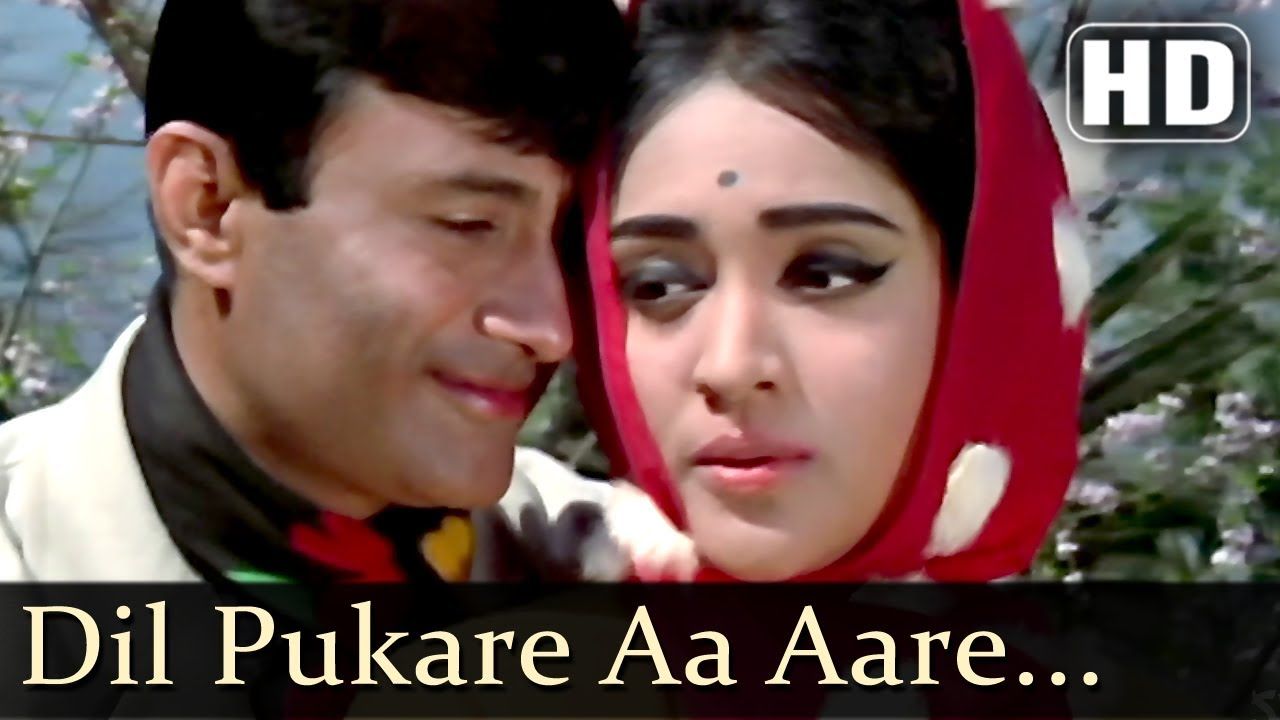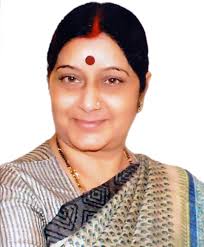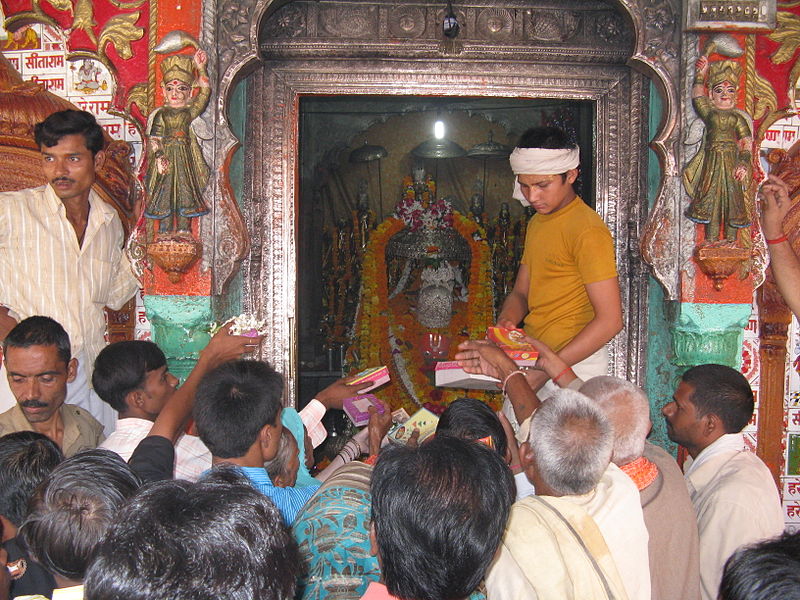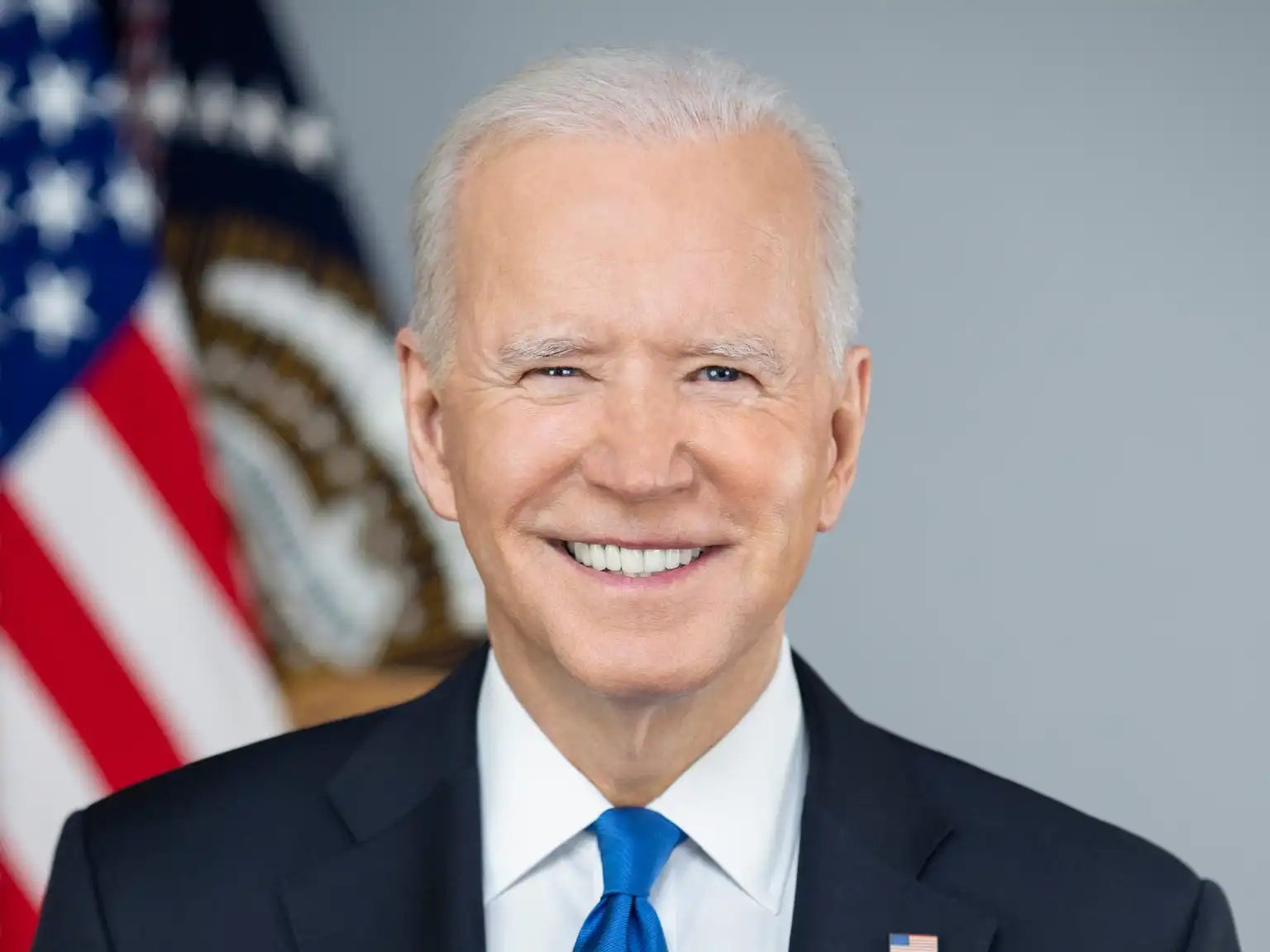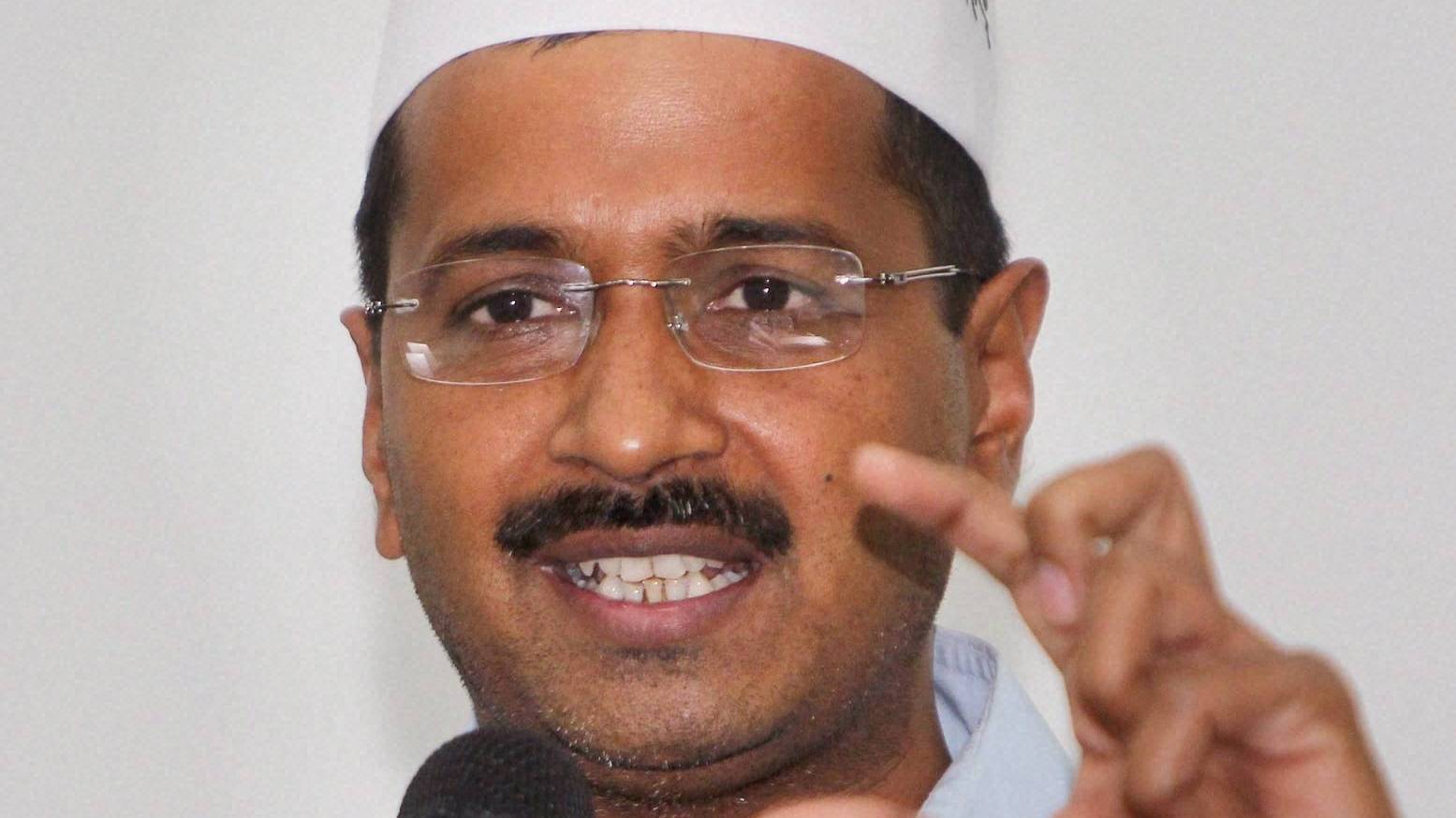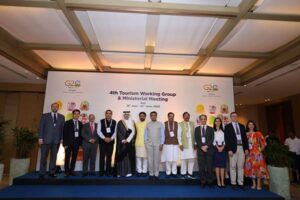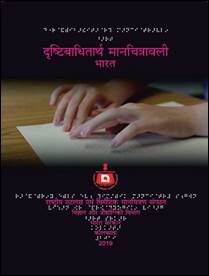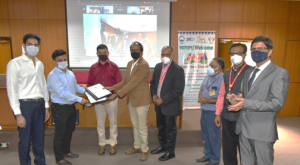Declining economy, chattering Jaitley
Ravi Shanker Kapoor | February 27, 2016 11:54 am
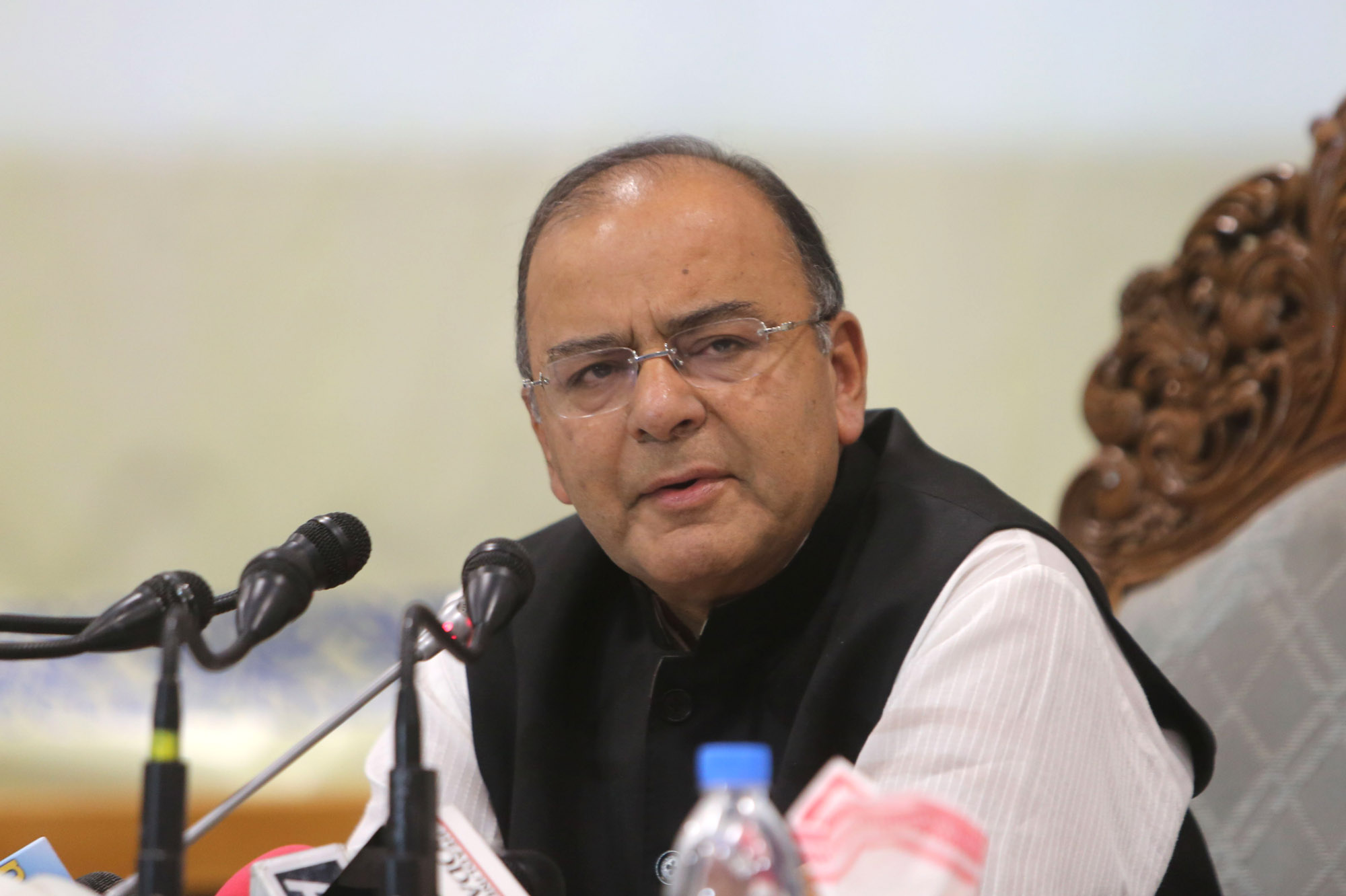
Governments change, said James Bond in Golden Eye, the lies stay the same. A few years ago, when the economy started showing strains, investor sentiment nosedived, industrialists talked about policy paralysis, and the fiscal situation was precarious, the Congress-led United Progressive Alliance came up with the excuse of international factors. Taking a cue from its predecessor, the National Democratic Alliance government is doing the same. So, Finance Minister Arun Jaitley blames “global developments” for the 800-point fall of the Sensex.
He said, “There is no need for exaggerated panic over global developments, investors should keep in mind inherent strength of Indian economy. The major sell-off in the global markets created a chain reaction across the world. And Indian markets are also being significantly impacted by this.” What, pray, is “exaggerated panic?” Is non-exaggerated panic okay? For how long we will be humored by the “inherent strength of Indian economy?” For how long we will have to wait for that inherent strength to bolster development and create jobs, to usher in the much-awaited achhe din? And for how long Jaitley will continue to remain a mute spectator to the drift?
He went on to blame “some overreaction to reports in a section of the media with regard to the state of the public sector banks” (PSBs) though he accepted that “there is obviously a problem of NPAs.” When it is not the world play bad tricks, it is the media!
The fact, however, is that there is under-reaction to the health of PSBs—and not just from the government. The Reserve Bank of India also doesn’t seem to be overly worried about the state of banking in India.
Speaking at the CII’s first Banking Summit in Mumbai, RBI governor Raghuram Rajan said, “There are some wild claims being made by some financial analysts about the size of the stressed asset problem. This verges on scare-mongering.” Evidently, the markets don’t think so. Nor do investors, who are yet to show enthusiasm for our country, despite the high-profile Make in India campaign, investor jamborees, and all the homilies uttered by Central ministers.
Both the government and the RBI continue to blindfold themselves to the reality. A day before official data showed decline in the index of industrial production for the second month in a row, Jaitley said services and manufacturing sectors are both recovering. On his party, Rajan tends to coddle us with technical issues: “Our projections are that any breach of minimum core capital requirements by a small minority of public sector banks, in the absence of any recapitalization, will be small.”
The real issue is the ownership of PSBs: government control means considerations other than business are taken into account, leading to cronyism, corruption, unaccountability, ‘loan melas’, evergreening, ballooning non-performing assets (NPAs), and an assortment of other afflictions. It is an open secret; from top government functionaries and prominent economists to the lay investor, everybody knows that PSBs are in a mess. This is also evident from the beating PSB stocks have got on Dalal Street in recent times; the stocks are trading below their book value.
The government and the banking regulator just let things happen. Bank after government-run bank embellished its books, willful defaulters were given a long rope, loans were allowed to be evergreened… and when it becomes clear that the unlovely picture could no longer be veiled, Rajan and Jaitley wake up and make all manner of platitudes.
The story goes back to the late 1960s, the era when Indira Gandhi was fighting for survival. Pitted against the more sensible and prudent old guard of the Congress, she sought and got the support of communists and fellow-travelers who egged on her for statist step. Bank nationalization of 1969 was the most spectacular measure she adopted to placate her cheerleaders. She gained immensely—at the expense of the country. Indeed the decision proved to be the country’s biggest economic crime (The grand old party’s flirtation with the Left has always spelt trouble for the exchequer and the economy. The 10-year-old UPA regime has bequeathed its successor many albatrosses, like the rural job guaranteed scheme and the food security law, across the neck of the NDA).
With government becoming the owner of banks, the profits and losses started impacting the exchequer. T.N. Ninan informs us that “one of the things said in those heady times filled with socialist fervor was that, with the banks’ resources at the government’s disposal, it might even be able to abolish the income tax.” But the law of unanticipated consequences is inexorable: PSBs have gobbled tens of thousands of crores of taxpayer money; they need another Rs 2.4 lakh crore.
If the powers-that-be are not willing to view the root-cause of the malady of Indian banking, they cannot get rid of it. The root-cause is bank nationalization. It is not that nobody is aware of this fact. Just before Narendra Modi assumed office, an RBI committee under former Axis Bank chairman P.J. Nayak, made a case for the denationalization of PSBs. “If the government stake in these banks were to reduce to less than 50 per cent, together with certain other executive measures, all these external constraints would disappear,” the report said. “This would be a beneficial trade-off for the government because it would continue to be the dominant shareholder and, without its control in banks diminishing, it would create the conditions for its banks to compete more successfully.”
The panel also called for the repeal of the Bank Nationalization Acts of 1970 and 1980 and the SBI Act and the SBI (Subsidiary Banks) Act. Reacting to the report, the RBI governor said that it should be “examined, debated, and considered.” The reported, it seems, has been forgotten instead.
The more things change, the more they remain the same.
The lies too.



